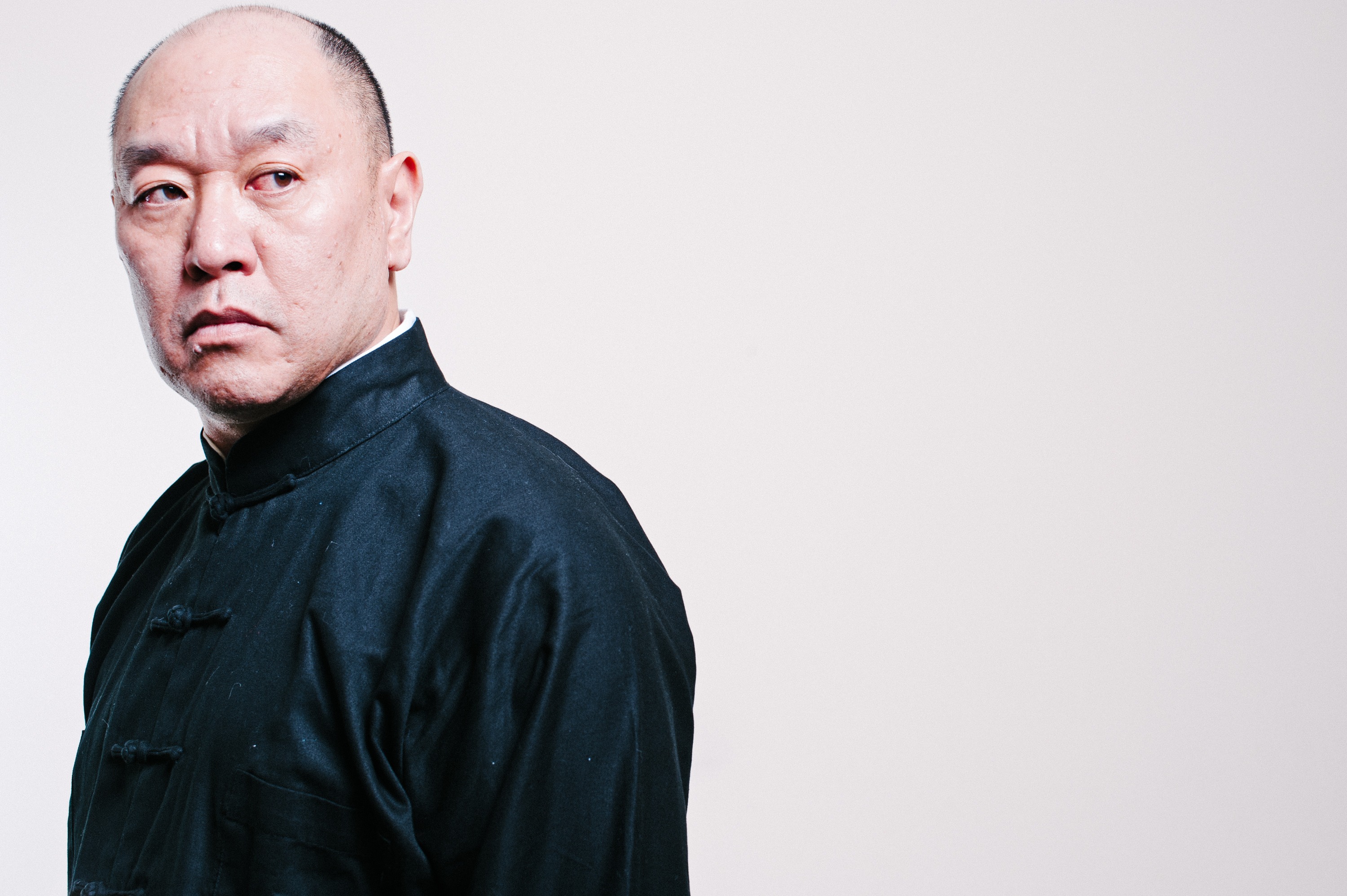
The Complete Martial Artist. (2000) By Robert Chu Sifu “image by JACKRATANA”
The late Kenny Gong, my first Xing Yi teacher told me, “To be a complete martial artist, you must know striking, kicking, joint locking, throwing and ground fighting!” I have often passed these words of advice to my students, even though I teach a primarily striking based art of Wing Chun Kuen. Now years later, I get calls from my students after they have learned about the UFC and Gracie Jiujitsu, and the merits of groundfighting and grappling, and that this statement was correct. I might add that training in meditation, and internal work like guiding the Qi, and skill in weaponry with both long and short weapons are also very important to be a complete martial artist. You might examine your current art and ask if it fits the bill to being a complete system for you.
Martial arts began with man’s need for survival, so man developed many means of combat. Some relied more on strength, others on agility, others on weapons, and others on tricks. In China, a skilled student would complete his studies with his master and then go on to travel and study with other masters skilled in other styles. Master Ken Duk Hoi of the Tai Sing Pek Gwa Mun is reputed to have studied Tai Ji, Xing Yi and Ba Gua in addition to his mastery of Tai Sing Pek Gwa Mun. Chan Heung, the creator of Choy Lay Fut, mastered his Uncle’s Southern Siu Lam system prior to studying with Lay Yau San and Choy Fook. He created Choy Lay Fut as an attempt to create a complete system. Five Elder Fist, a style from Fujian was created by combining the essences of the Tai Jo, White Crane, Dat Mor, Lohan and Monkey fist systems. It is also a complete art. Some systems like Northern Siu Lam, Eagle Claw, 7 stars Praying Mantis also attempt to have a complete curriculum by having a great number of sets each teaching particular skills of striking, kicking, joint locking, throwing, ground fighting, internal training, meditation and long and short weapons. The famed Shaolin Temple became a repository for knowledge and collected information on the various fighting arts and stored them. Contrary to popular belief that Shaolin created martial arts throughout China, in early Shaolin history, laymen, retired generals and people seeking refuge from politics and who were already skilled in martial arts came to Shaolin and developed their arts there. Shaolin became a breeding ground for development of the various systems.
Some systems do not have these lengthy curriculums. These are specialty arts. Wing Chun for example, does not strongly emphasize throws and joint locks, although some are addressed. The art can also be used for ground fighting, and it can be clearly adapted for such use. Wing Chun does offer training in weaponry – a pair of short knives and a long pole. Bak Mei is also another art that is a specialty in fighting system which does not emphasize in joint locks, throws or groundfighting, although movements of the art can be used as such. Some say that these arts were created during the Qing dynasty so that they could be learned in a short time. Personally, I think these arts were created by people who were already versed in the five skills. A look at Tai Ji Quan, Xing Yi and Ba Gua also indicates that they are not complete systems either. Tai Ji and Ba Gua have extensive joint locks and throws, but both are weak in ground fighting. Xing Yi is excellent in striking and kicking, although in joint locks and throws and groundfighting, it is typically deficient. Shuai Jiao, although the oldest Chinese martial art, and includes strikes, kicks, joint locks and throws, does not utilize ground grappling, nor weaponry. What is a fighter in these arts to do?
The answer is to cross train and study what you are deficient in, and let your art lead you into the study of the areas you are deficient in. For example, I came to learn Wing Chun Kuen after I had learned Hung Gar and had a strong basis of skill in that. Hung Gar had both hard and soft, long and short, internal and external attributes I developed from it. I also learned long and short weapons that provided me the basis to build weaponry skills upon. In addition, the art had the strikes, kicks, throws, joint locks and ground fighting aspect to it that made me a strong fighter before I learned Wing Chun. What I lacked was close distance fighting, tactile sensitivity and use of both hands evenly when fighting. I went on to study Wing Chun to develop these attributes and have found myself studying this art now for over 21 years. Also important, if your art lacks internal training such as meditation, or Qi Gong, you can study these arts separately to enhance your knowledge of your own art.
We are not talking about mastery, teaching or creating new systems here, but talking of taking medicine when you are deficient. I had studied Wing Chun and Hung Gar for a long time and realized that my long arm skill was deficient. Yee Chi Wai (Frank Yee) Sifu advised me to learn from Chan Tai Shan of the Lama system and I complied. Chan Tai Shan taught me the stretching and long hand aspects that I had originally learned in Hung Gar, and it was emphasized in Lama teachings. This later helped my Hung Gar tremendously. It was like taking medicine for my weak area. Cross training is important to athletes today, and in martial arts, this is no different. Sometimes you study another martial art to cross train and develop new skills. You are then just like the wandering knights of yesteryear
0 responses on "The Complete Martial Artist. By Robert Chu"